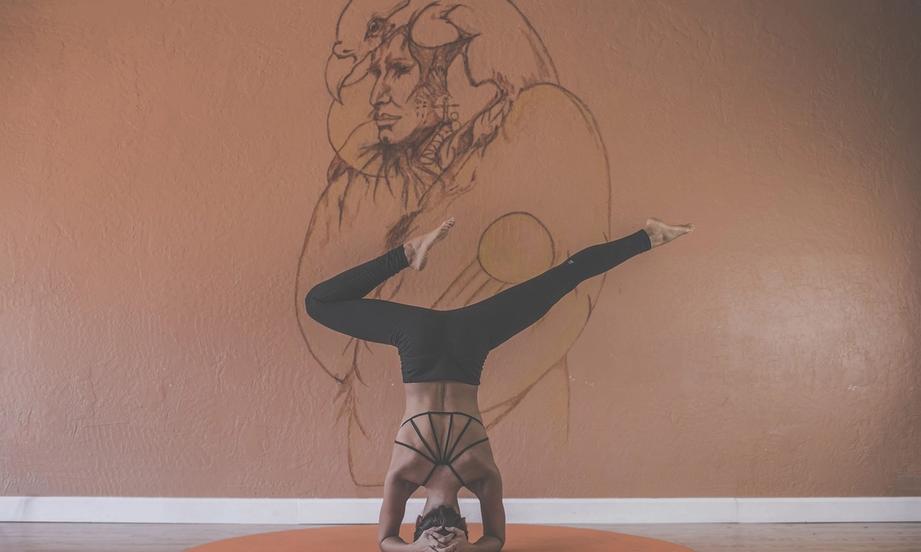By the time we are forty, most of us start complaining about back pain, tight hips, or stiff joints. Before that, we’re concerned with weight loss and toned muscles. Until we turn fifty, we don’t even think about one of the most important aspects of our physical health: balance and coordination. In reality, both are crucial for normal functioning, and both are largely taken for granted.
Here’s why you should start caring about them right now – and how.
Why Balance and Coordination Are Important
The benefits of good balance and coordination are largely overlooked. They allow us to stand firm on our feet, which is nothing less than a basic requirement for a healthy and fulfilled life. We can’t perform our everyday tasks without the ability to keep our bodies straight, let alone engage in physically demanding activities and sports. Without it, there’s no dancing, running, or jumping.
Not to mention that balance and coordination help prevent injury. As we enter the fourth decade, our musculoskeletal system starts weakening more and more rapidly. We gradually lose more of our motor skills, and our vision starts to blur. The older we are, the more prone we are to falling and getting injured. Maintaining good balance and coordination helps slow that down.
According to our experts, this is how you can improve your balance.
1. Keep Moving & Maintain an Active Lifestyle
We start appreciating the complex mechanisms that regulate our balance and coordination only after we start falling more regularly. According to the CDC, every year, millions of people suffer serious injuries and develop medical problems after falling. Often, the deterioration or loss of mechanisms that allow us to stay on our feet is a consequence of an illness, impairment, or old age.
But there’s another reason – a sedentary lifestyle and lack of strength.
You need a healthy brain, good vision, strong muscles, and firm joints to stand tall. While certain health problems are out of our control, there’s a lot we can do to minimize the risk of illness and postpone the aging process. Regular exercising is the best way to stay in control of our physical well-being, which includes the strength and flexibility of our musculoskeletal system.
2. Include Balance Training Into Your Routine
Virtually all strength exercises target the musculoskeletal system, but some are gentler on your aging muscles and bones than others. Yoga is the most effective workout routine for a nimble body and strong spine. Simpler exercises can be just as beneficial, from standing on one leg to doing lunges. Some of the best balance and coordination exercises include:
- Tree pose;
- Balancing half moon;
- Warrior III;
- Single-leg touches and squats;
- Leg extensions and curls;
- Planks for core strength;
- Glute bridges and kicks.
None of these exercises require special equipment or gym membership.
4. Practice Your Balance in Front of a Mirror
Working out in front of a mirror is not only a great way to keep yourself motivated. When you’re looking at yourself while exercising, you’re improving your physical and spatial awareness. You’re maintaining a good posture and adopting optimum form for every position and exercise.
5. Choose the Right Type of Footwear for You
From heel-to-toe cushioning to anatomical design, there are many important features you should look for in a shoe if you’re trying to improve your balance and coordination. The best type of footwear is the one that feels most comfortable. Luckily, there is no shortage of options. Today, you can find the right shoe for your feet, posture, lifestyle, and age in any style and price range.
When buying shoes for balance and coordination, pay attention to the shoe sole – the heel height and arch should be able to provide a good foundation for your body and support your posture. Flat shoes with thin soles are not the best choice for this, especially after you turn fifty.
6. Get in Touch with a Physical Therapist
If you’re having difficulty standing upright and balance training doesn’t help much, it might be time to visit a physical therapist. If your balance and coordination are affected by a medical issue such as fatigue or vertigo, consult a GP first. However, a physical therapist can help you develop the best workout routine in both cases and prescribe you a walking aid if necessary.
Conclusion
Developing and maintaining a healthy physical frame will not only keep your aging back, hips, and joints pain-free well into your fifties and sixties. A healthy body is not only mobile and strong – it’s also gracious and beautiful. If you start caring about your balance and coordination right now, you’ll have less to worry and complain about when the time comes to sit back and enjoy life.
